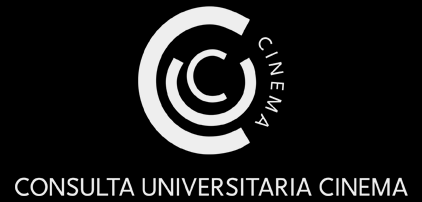The Colloquium Visions from Above. Recent Discourses on the Cinematic Construction of Cityscapes will be host at Villa Vigoni (Lake Como, Italy) from July 31 to August 3, 2023. Villa Vigoni e.V. is the German-Italian Centre for European Dialogue on Lake Como. Its mission is to foster and deepen the German-Italian relations in a European perspective.
The Colloquium is conceived as a transdisciplinary event and aspires to establish a dialogue between international researchers on the cinematic rendition of aerial perspective.
The story of the bird’s eye view is a long and multifaceted one, ranging from air balloons to satellite images. The vision from above has been used to convey radically different ideas, emotions, and imaginaries: a dimension of mastery and control; an element of spectacular thrill; a sensation of aesthetic satisfaction. As a theoretical object it comprises several different ways of seeing that keep inspiring reflections and debates.
In the context of 20th Century visual cultures, cinema played a pivotal role. The deep-rooted alliance between film and cartography, on the one hand, and the ability to give the viewer the feeling of dwelling at the street level, on the other, constitute the two poles through which the cinematic medium articulates its spatial power (Dimendberg 2004). Both the narrative and the aesthetic dimensions of film can thus be of significant help in defining a series of crucial yet shifting terms of the debate, such as space, place, environment, landscape, cityscape, skyline, panorama, territory, atmosphere.
Our goal is to bridge the gap between the attention that has been paid to the cinematic city as the crucial space for the conceptualization of modernity in narrative, documentary, and experimental cinema, and the metamorphoses underwent by images and media as well as by spatiality itself in contemporary visual culture.
The Colloquium identifies four main areas of inquiry: the relationship between film and architecture; the entanglement of the aerial view of the city and the masses; the view from above as a device of warfare and surveillance; the representational practices of new media and cinema. The discussion will hence be articulated in four panels, conceived around these four distinct, yet strongly intertwined, theoretical knots.
1) Envisioning Architecture. The first panel will focus on the vision from above as a means for the representation and narrativization of architecture, its volumes, its functions, its atmospheres, and its history throughout modernity. At the same time, a reflection on the geometrical power of the elevated gaze will offer a crucial opportunity to consider the alliance between cinema and tourism; the categories of the picturesque and technological sublime; the ability of film to use architecture as a medium of memory and identity construction; and the relevance of film in relation to political issues such as real estate speculation and ecological sustainability.
2) Embracing the Crowd. The second panel will reflect on the role of the crowd in the representation and mediation of daily urban experience and identity, both on the individual and collective level. The spectacle of the crowd as a symptom of modernity embodies a series of tensions between humankind and transcendence, manipulation and resistance, visibility and invisibility. Be it involved in strikes, riots, sport events, fairs, or parades, the image of the mass from above is crucial to conceive issues of power, class and ideology as they have been articulated throughout history. Moreover, the presence or absence of crowds gained a new relevance at the time of COVID-19 as a key factor for understanding contemporary processes of democratization, governance and public health.
3) Aerial Control. The third panel will deal with vision from above as the quintessential tool of social control and warfare technology. The contemporary surge in importance of the drone (e.g. Caren Kaplan’s notion of “drone-o-rama”) represents the latest instance of the long-standing alliance between the cinematic apparatus and the means of surveillance. The possibility to “screen” the area from a detached point of view overcomes the density of the observed space and transforms it into a virtual territory of calculable data.
4) New Media of Spatial Perception. The fourth panel will tackle the relationship between cinema and new media, and the ways in which their mutual exchange of representational practices is shaping a new ecology. Our current experience of urban spaces is fundamentally molded by practices of digital navigation, that allow us to map the environment we move through via images captured by remote satellites. This kind of screen practices also influences the realm of cinema, itself remediated and relocated ever more often in the online context.





